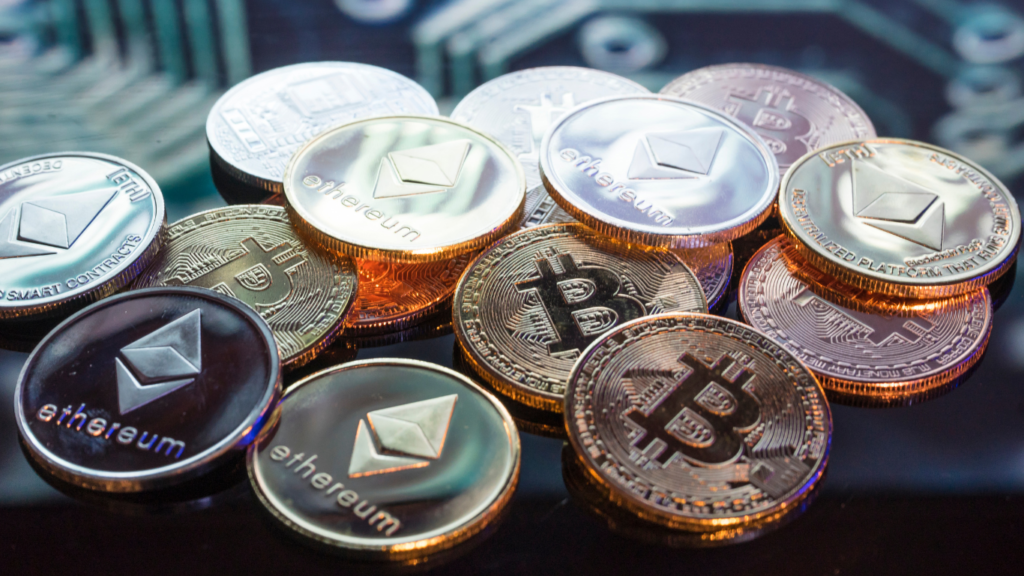
Let’s explore how you can get started with coin mining. Keep in mind that the process can vary depending on the specific cryptocurrency you’re interested in, but here are the general steps:
- Choose a Cryptocurrency:
- Decide which cryptocurrency you want to mine. Research different coins and consider factors like profitability, ease of mining, and your personal preferences.
- Select Hardware:
- The type of hardware you use depends on the coin. Here are some common options:
- ASICs (Application-Specific Integrated Circuits): These are specialized devices designed for mining specific coins (e.g., Bitcoin). They offer high efficiency but can be expensive.
- GPUs (Graphics Processing Units): GPUs are versatile and can mine various coins. They’re commonly used for Ethereum and other altcoins.
- CPUs (Central Processing Units): While less efficient, CPUs can still mine certain coins (e.g., Monero).
- FPGAs (Field-Programmable Gate Arrays): These fall between ASICs and GPUs in terms of customization and efficiency.
- Set Up a Wallet:
- Create a wallet for the specific cryptocurrency you plan to mine. This is where you’ll receive your mined coins.
- Choose a Mining Software:
- Depending on your hardware, select suitable mining software. Examples include:
- CGMiner: Popular for ASIC and GPU mining.
- Claymore’s Dual Miner: Specifically for dual mining (e.g., Ethereum and Decred).
- XMRig: For Monero CPU mining.
- NiceHash: A platform that automatically selects the most profitable coin to mine based on your hardware.
- Join a Mining Pool:
- Mining pools allow miners to combine their computational power and share rewards. Joining a pool increases your chances of earning consistent rewards.
- Research and choose a reputable mining pool related to your chosen cryptocurrency.
- Configure Your Mining Software:
- Set up your mining software by specifying the pool address, your wallet address, and other relevant parameters.
- Adjust settings based on your hardware and preferences.
- Start Mining:
- Run your mining software. It will connect to the pool and start solving mathematical puzzles (Proof of Work) to validate transactions.
- Monitor your mining progress through the pool’s dashboard.
- Understand Rewards:
- As you mine, you’ll earn rewards in the form of the mined cryptocurrency.
- Payouts depend on the pool’s rules (e.g., proportional, pay-per-share, etc.).
- Stay Informed:
- Keep up with crypto news, network upgrades, and changes in mining algorithms.
- Be aware of electricity costs and adjust your mining strategy accordingly.
- Secure Your Setup:
- Protect your wallet and mining software with strong passwords.
- Consider using two-factor authentication (2FA) for added security.
Remember that mining involves risks, including hardware costs, electricity expenses, and market volatility. Start small, learn, and gradually scale up if you find it rewarding.